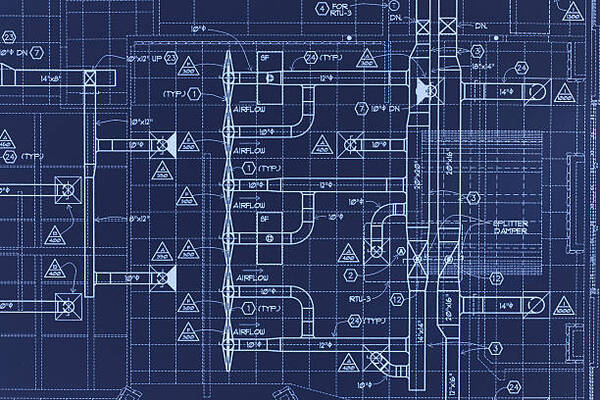- 1-905-452-8193
- Contact Us
- Member Login
- Get Listed Today
- 220,911 members

An HVAC system is a complex piece of equipment that is used to maintain comfortable indoor temperatures. The acronym HVAC stands for heating, ventilation, and air conditioning. While the term HVAC is typically used by professionals working in air conditioning Central Coast to refer to the entire system, it can also be used to refer to individual components such as the furnace, cooling unit, or ductwork.
The average home or office building has an HVAC system composed of several individual parts working together. The first part of the system is the furnace. The furnace is responsible for heating the air that circulates through the building. The second part of the system is the cooling unit. The air conditioner cools and dehumidifies the air inside the building. The third part of the system is the ductwork. The ductwork distributes the heated or cooled air throughout the building.
The individual parts of an HVAC system are made out of a variety of materials. The furnace is typically made out of metal, such as steel or aluminium. The air conditioner is also typically made out of metal, but it may also be made out of other materials such as plastic or fibreglass. The ductwork is usually made out of metal, but it can also be made out of other materials such as fibreglass or PVC.
The HVAC system diagram is a drawing that shows the different parts of your HVAC system and how they work together. It can be helpful to have a diagram when you're trying to understand the workings of your system or when you're troubleshooting problems.
The diagram will show you the location of all the major components of your HVAC system, including the furnace, air conditioner, ductwork, and vents. It will also show you how these parts work together to keep your home comfortable.
Your HVAC system diagram is a great resource for understanding how your home's heating, ventilation, and air conditioning system works. By looking at the diagram, you can see how the different parts of the system interact with each other to keep your home comfortable.
Here are some important things that the HVAC system diagram can tell you.
The location of the different parts of the system
The diagram can help you locate the furnace, air conditioner, and other components of the system.
How the different parts of the system work together
The diagram shows how the furnace heats air and the air conditioner cools it.
The size of the ductwork
The size of the ductwork is important for understanding how much air the system can move.
The type of ductwork
The type of ductwork can impact the efficiency of the system.
The location of the thermostat
The thermostat is an important part of the system that controls the temperature in your home.
The type of heating and cooling system
There are several different types of heating and cooling systems, and the diagram can help you identify which type you have.
The age of the system
The age of the system can impact its efficiency.
The maintenance history of the system
Knowing the maintenance history of the system can help you anticipate future problems.
The warranty information
The diagram can help you locate the warranty information for the system.
The energy efficiency rating
The energy efficiency rating of the system can impact your utility bills.
The capacity of the system
The capacity of the system is important for understanding how much heat or air it can provide.
The noise level
The noise level of the system can impact your comfort.
If you are having trouble with your HVAC system, looking at the diagram can help you figure out where the problem might be. For example, if your furnace isn't working, you can check to see if the gas line is connected to it. Or, if your air conditioner isn't cooling your home properly, you can check to see if the ductwork is properly sized.
If you need more information about your air conditioning system, call a reputable technician for professional help.
